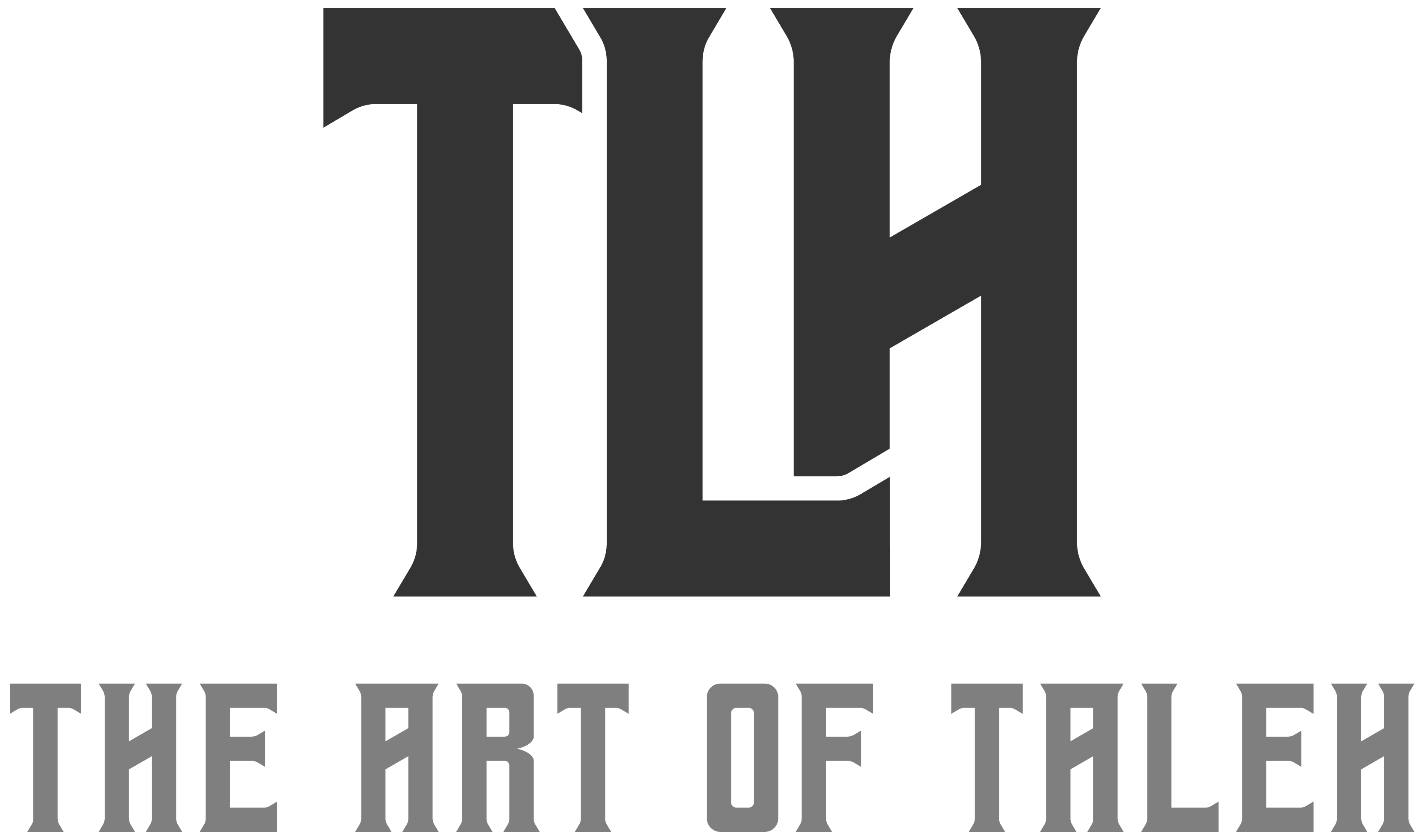We know that we’re using a lot of academic terms. It’s completely normal for you to not have heard of them before reading this blog. But just to help you stay on track with it all, we’ve compiled a list below in alphabetical order of the various terms you will see throughout our posts.
Anthropomorphism: this is the act of ascribing human form or qualities (emotions, thoughts, behavior) to an entity that is not human. In other words, an inanimate object comes to personify a human. Aesop’s fables are a good example of this. These are stories with talking animals that represent different virtues in humans. The lion often represents a violent, aggressive person; the mouse is lowly, yet helpful; and the donkey is always lazy and dumb.
Antithesis: is a type of dynamic parallelism. It means that the terms in the second line express the opposite or contrary idea than in the first line.
Characterization: this term refers to the choices an author makes to reveal a character’s personality, such as appearance, actions, dialogue, and motivations.
Dynamic parallelism: this form of analysis studies the dynamic movement from one line of a poem to the next. We assume that there is some sort of movement, or chronology, from a term, phrase or description in the first line to the second line and so on.
Focusing: this is a type of dynamic parallelism. It is used when the poet introduces a term in one line and then focuses more specifically on it in the next line, usually moving from general to more specific.
Intensification (or heightening): this is a type of dynamic parallelism. It introduces a term in the second line that is obviously stronger than its counterpart in the first line. That is, the second line contains a simile or metaphor that brings out the full force of meaning of an image occurring in the first line.
Intertextuality: the interrelationship between two different texts, such as two different books of the Bible. The focus on intertextual relationships is usually how two similar or related texts influence, reflect, or differ from each other.
Metaphor: this is a literary device used for comparing two things that are different from each other. When using a metaphor, you must incorporate the verb “to be”. For example: “The Kingdom of God is like a mustard seed.” Here, the mustard seed serves as a metaphor for the Kingdom of God.
Symbol: this is a thing or object that represents more than just its literal meaning. In other words, it is given a meaning or significance outside of itself. For example, an olive branch can symbolize peace.
Syntax: is the study of how words are organized together in a sentence. This includes the construction of phrases or clauses.
Theme: this is the main idea or thought that the author wants to convey in his/her story. This means that this idea recurs over and over again through each chapter, from beginning to end. For example: the theme of love, death or revenge.
Typology: this is a method of biblical interpretation whereby an element found in the Old Testament is seen to prefigure one found in the New Testament. The initial one is called the type and the fulfillment is designated the antitype. Either type or antitype may be a person, thing, or event, but often the type is messianic and frequently related to the idea of salvation.
Need more explanations? Feel free to contact us!

